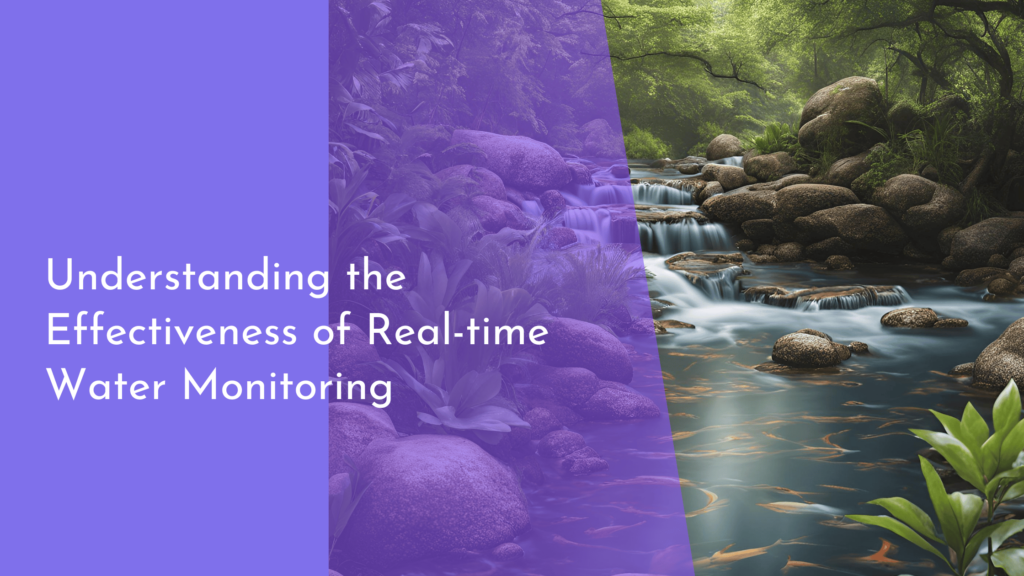The Role of Urban Forests in Emergency Shelters
Urban forests, often overlooked in discussions about disaster preparedness, play a vital role in enhancing the effectiveness of emergency shelters. These green spaces, comprised of trees, shrubs, and other vegetation within urban areas, provide numerous benefits that can significantly improve the resilience of communities facing emergencies. As cities continue to grow and climate-related disasters become more frequent, understanding the importance of urban forests in the context of emergency management is crucial. This article explores how these natural assets can bolster emergency shelters, provide mental and physical benefits during crises, and promote sustainable practices for future preparedness.
1. Discovering Urban Forests: Nature’s Hidden Assets in Emergencies
Urban forests are intricate ecosystems that can thrive amidst concrete and steel. They are not just aesthetically pleasing but serve as vital resources during emergencies. By providing shade and cooling effects, they help to alleviate heat stress during heatwaves, which can be particularly beneficial for vulnerable populations seeking refuge in emergency shelters. Furthermore, these forests play a crucial role in managing stormwater runoff, reducing flooding risks that can complicate emergency situations.
In addition to their physical properties, urban forests foster biodiversity, creating habitats for various species. This biodiversity contributes to the ecological resilience of cities, helping to mitigate the impacts of natural disasters. By planting trees and maintaining green spaces, cities can ensure that they are better prepared for emergencies, showcasing that urban forests are indeed nature’s hidden assets that can provide refuge during crises.
2. How Urban Forests Enhance Emergency Shelter Resilience
The presence of urban forests significantly enhances the resilience of emergency shelters. For instance, trees can act as natural windbreaks, reducing the impact of strong winds during storms. This feature not only protects the physical structures of shelters but also the individuals inside them, ensuring a safer environment. Additionally, forests can help buffer noise pollution, creating a more calming atmosphere for those displaced during crises.
Moreover, urban forests can improve air quality by filtering pollutants, which is especially important in emergency situations when many people may be concentrated in shelters. Cleaner air contributes to better physical health outcomes, reducing the strain on medical facilities and resources during emergencies. By integrating urban forests into emergency management strategies, cities can create shelters that are not just functional, but also supportive of community well-being.
3. The Positive Impact of Green Spaces During Crises
During crises, the psychological benefits of green spaces cannot be overstated. Access to urban forests can provide a sense of peace and tranquility for individuals experiencing the stress of displacement. Research has shown that nature can decrease anxiety and improve mood, making it a vital therapeutic component for those staying in emergency shelters. This connection to nature can help foster resilience and recovery in the aftermath of a disaster.
Moreover, urban forests can serve as communal gathering spaces where individuals can connect and share experiences during difficult times. By providing spaces for social interaction and support, these green areas can strengthen community ties, fostering a sense of unity and collaboration. Ultimately, the presence of urban forests can transform emergency shelters into more than just temporary accommodations; they can become nurturing environments that promote healing and resilience.
4. Embracing Trees: A Sustainable Approach to Shelter Needs
Integrating urban forests into emergency preparedness plans is also a sustainable approach to addressing shelter needs. By prioritizing tree planting and maintenance, cities can create a network of green spaces that not only provide immediate benefits during emergencies but also contribute to long-term environmental health. Trees sequester carbon, improve soil quality, and support biodiversity, making them essential assets in the fight against climate change.
Furthermore, involving local communities in the planting and care of urban forests can empower residents and enhance their connection to their environment. Community engagement in urban forestry initiatives can lead to more resilient neighborhoods, as residents become active participants in their own disaster preparedness. Embracing trees as part of our urban landscape is not just about aesthetics; it’s about creating sustainable, resilient communities capable of weathering any storm.
In conclusion, urban forests offer a wealth of benefits that can enhance the effectiveness of emergency shelters and promote community resilience. By recognizing the value of these green spaces and integrating them into emergency management strategies, cities can not only improve their disaster response capabilities but also contribute to the overall well-being of their residents. Embracing urban forests is a step towards a more sustainable, healthy, and interconnected urban future, where nature and community thrive together, no matter the challenges that lie ahead.

